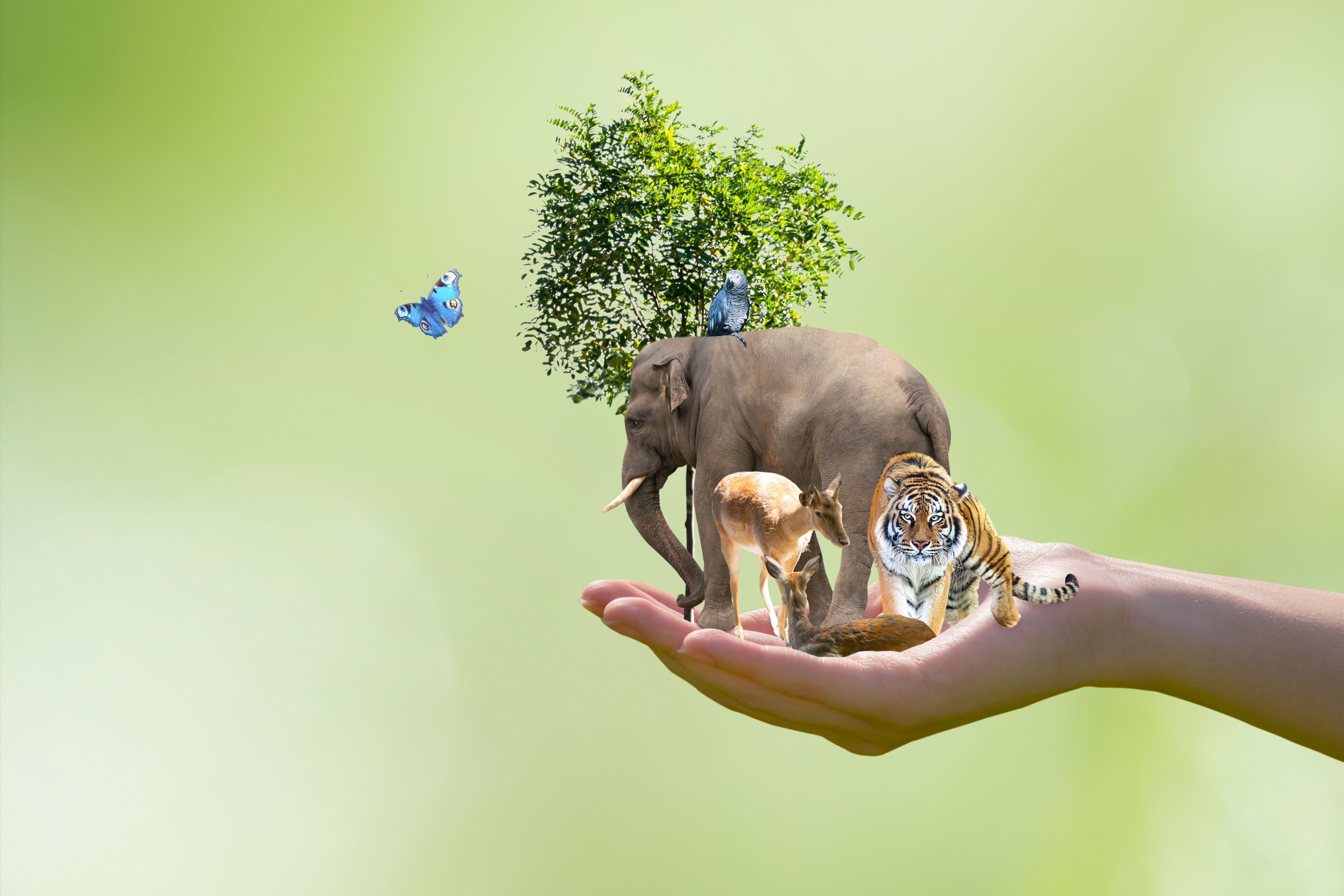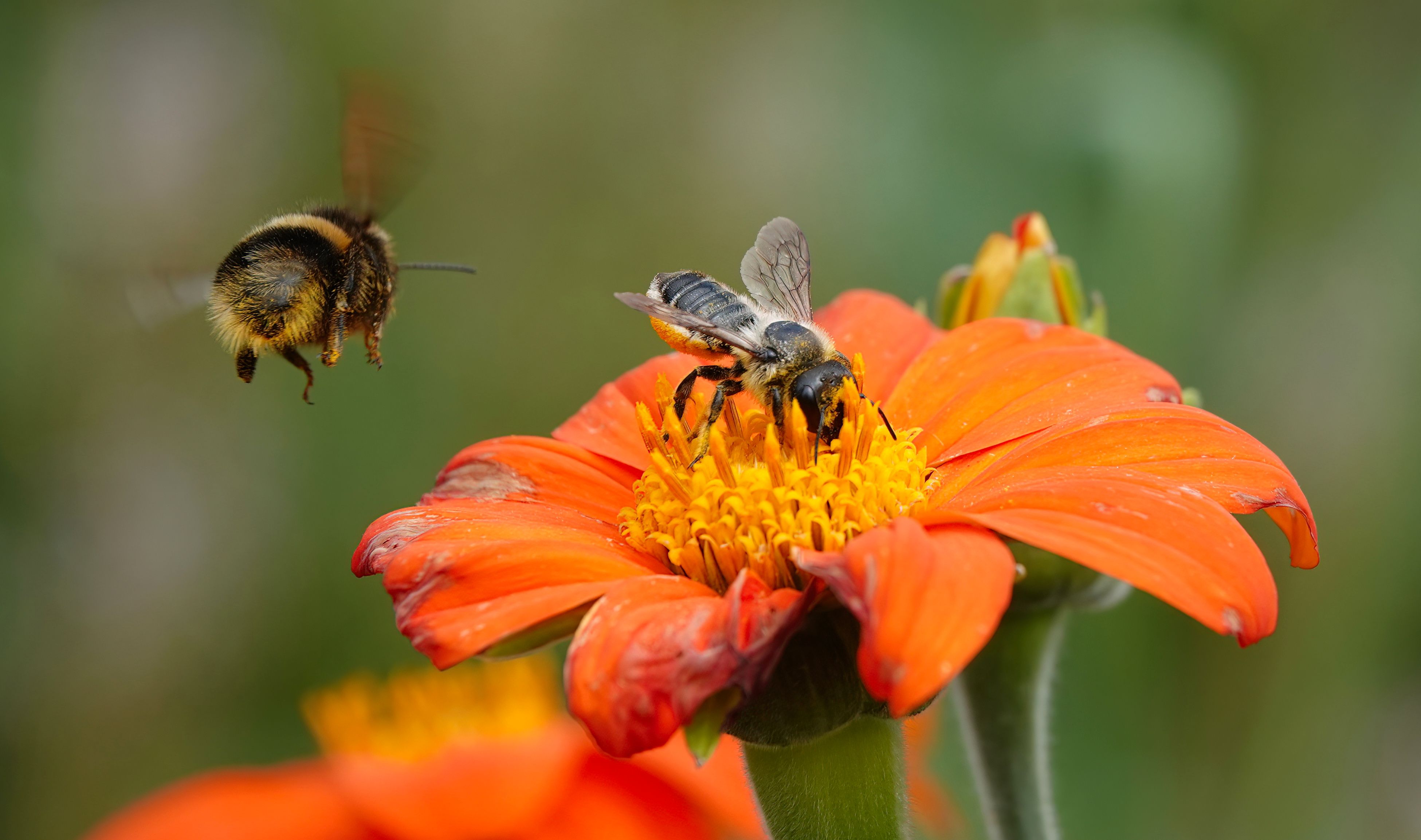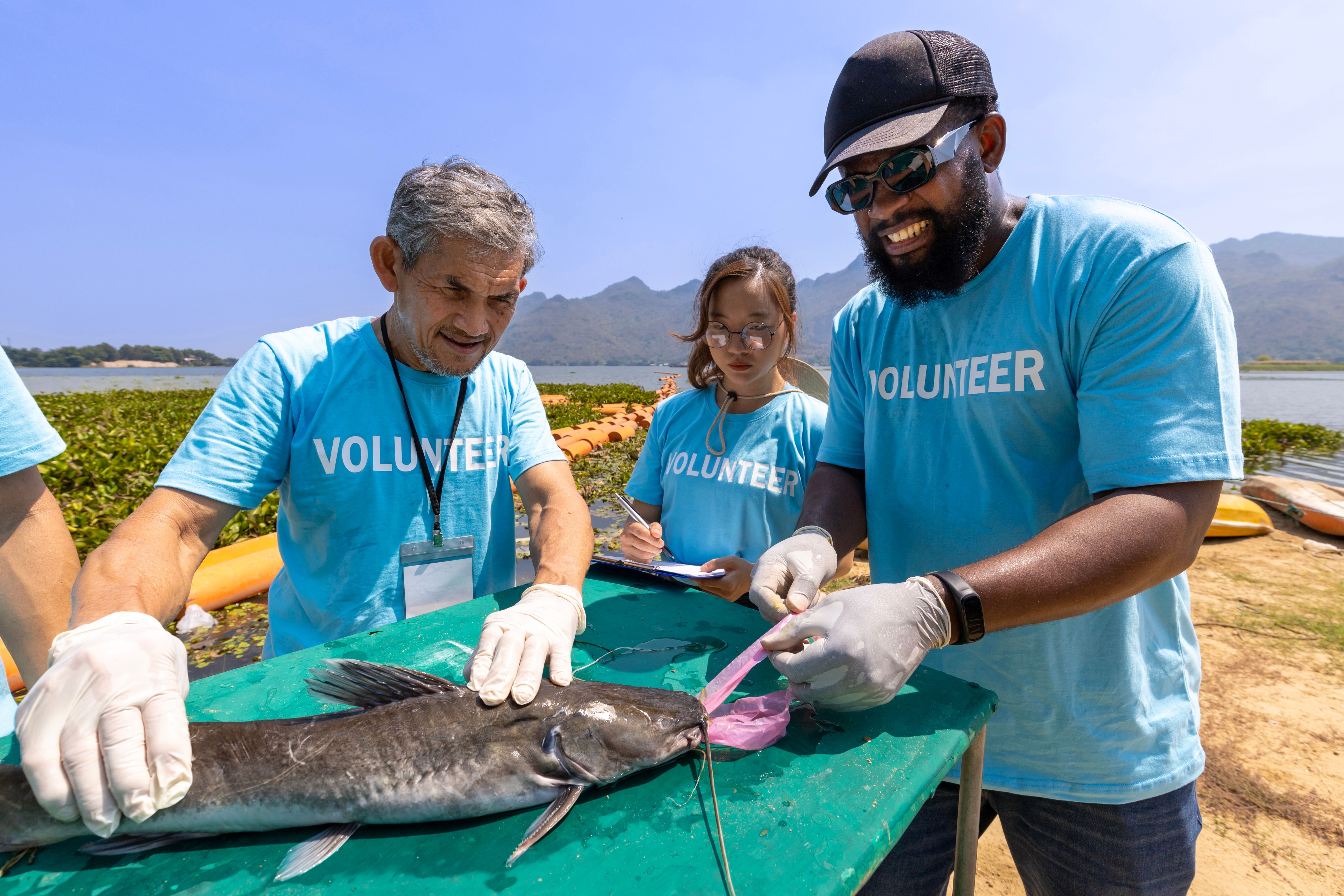Dispelling Myths: Understanding Local Wildlife Conservation
Introduction to Local Wildlife Conservation
Local wildlife conservation is an essential aspect of maintaining ecological balance and ensuring the survival of various species. However, there are many myths and misconceptions that can cloud public understanding of its importance and impact. This post aims to dispel some of these myths and provide a clearer understanding of local wildlife conservation efforts.

Myth 1: Conservation Only Matters for Endangered Species
While it is true that endangered species require urgent attention, conservation efforts are not limited to them alone. Local wildlife conservation encompasses the protection of all species, including those that are abundant. Each species plays a role in the ecosystem, and their interactions help maintain ecological balance. Protecting non-endangered species prevents them from becoming at risk in the future.
The Role of Keystone Species
Keystone species, such as bees or wolves, have a disproportionately large impact on their environment relative to their abundance. Their presence or absence can significantly alter the ecosystem's structure and function. Conservation efforts often focus on these species to maintain biodiversity and ecosystem health.

Myth 2: Conservation is Only About Animals
Local wildlife conservation is not solely focused on animals; it also involves preserving plants, habitats, and entire ecosystems. Plants provide food and shelter for animals, and healthy ecosystems support a diverse range of species. Conservation strategies often include habitat restoration, reforestation, and the protection of wetlands and other critical environments.
The Importance of Biodiversity
Biodiversity is crucial for ecosystem resilience. A diverse range of species ensures natural sustainability and adaptability to changes or threats such as climate change. By conserving plants and habitats, we promote biodiversity and the overall health of our natural world.

Myth 3: Conservation is Expensive and Ineffective
A common misconception is that wildlife conservation is costly and yields few tangible results. However, numerous studies have shown that investing in conservation can bring economic benefits, such as boosting ecotourism, creating jobs, and preserving ecosystem services like pollination and water purification.
Success Stories in Conservation
There are many successful examples of conservation efforts leading to positive outcomes. For instance, the reintroduction of gray wolves into Yellowstone National Park helped restore ecological balance by controlling deer populations, which in turn allowed plant life to recover. Such successes demonstrate that well-planned conservation strategies can be highly effective.

Myth 4: Individuals Cannot Make a Difference
Many people believe that individual actions have little impact on local wildlife conservation. In reality, community involvement is crucial for successful conservation efforts. By supporting local initiatives, participating in citizen science projects, or simply making eco-friendly choices, individuals can contribute significantly to preserving local wildlife.
How You Can Help
Here are some ways individuals can get involved:
- Participate in local conservation projects or volunteer for wildlife organizations.
- Advocate for policy changes that support conservation efforts.
- Educate others about the importance of wildlife conservation.
- Adopt sustainable practices in daily life to reduce environmental impact.

Conclusion: Embracing Conservation for a Sustainable Future
Understanding local wildlife conservation helps break down myths that hinder its progress. By recognizing the broader scope of conservation efforts and the potential for individual impact, we can all play a part in safeguarding our planet's biodiversity. Embracing these efforts ensures a sustainable future for both humans and wildlife alike.